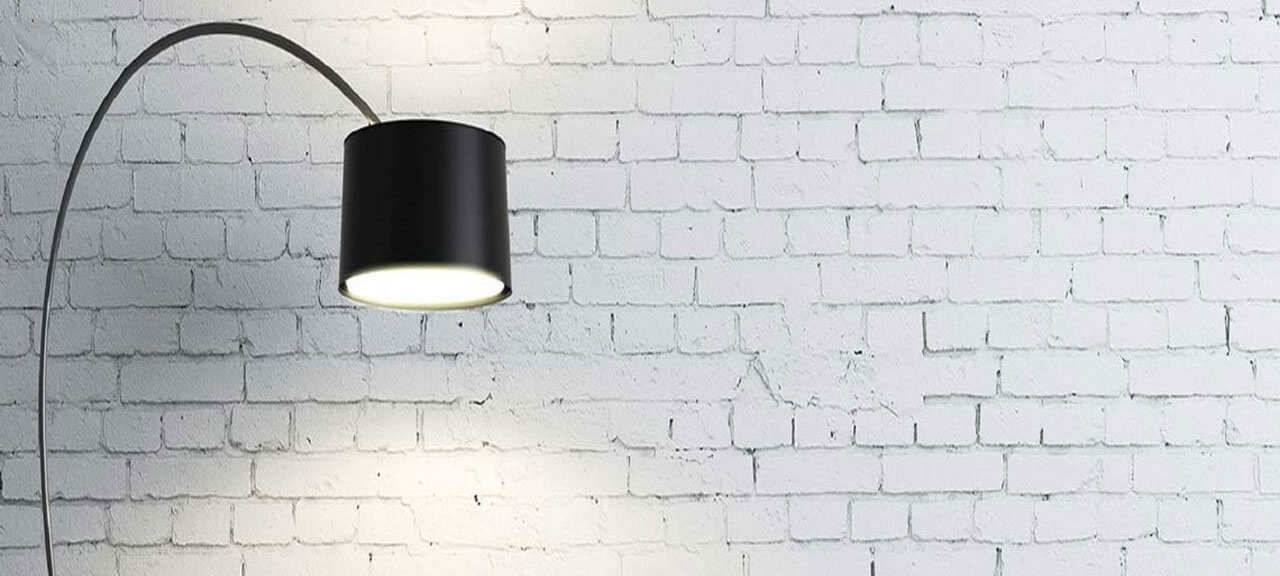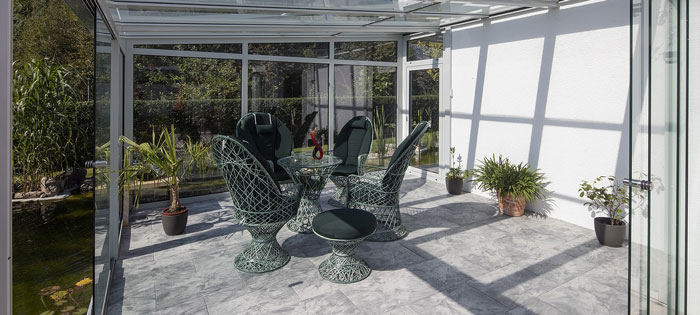The ultimate guide to DIY renovation (Singapore edition)
Making better habitat.
95 of the best DIY renovation tips to help you complete your project incident-free
DIY (do-it-yourself) renovation projects can be fun and fulfilling. But they can also be utterly daunting, especially when you’re at it for the first time.
You’ve come to the right place to get started.
This guide presents tips ranging from painting to wallcovering installation to interior designing even.
Many of them are cheap renovation ideas that you can apply easily. However, there’re a few that may require some experience.
Whichever the case, whether you’re doing minor DIY house improvements or a larger do-it-yourself home renovation, you should be able to find some useful tips here.



- Carpeting adds a feel of warmth and softness to a room, and carpet fibres act like an air-filter, trapping pollutants and allergens.
- Vinyl floors now boast the latest advances in flooring technology, making them extremely robust and versatile.
- Laminate flooring is durable, hygienic, and relatively easy to install and maintain. It can be a low-cost alternative to hardwood, tile, and stone.
- Wooden floors can last for decades and, with proper care, will look better as time passes. They’re also easier to clean than carpets.
- Ceramic/porcelain floors are chosen mainly for their aesthetic appeal, although they’re also durable and involve minimal maintenance.
- Stone flooring is now much more affordable than it used to be. Like wooden floors, the appearance of stone flooring improves with age.





Nevertheless, installing a door frame properly isn’t an easy task for a layperson. Ideally, you should engage a door and door frame specialist for this job.



Remember to have fun!
Even though cost-saving might be your objective, your DIY renovation project should be fun! Get your family members or colleagues involved, as it’s a wonderful opportunity to bond.
Further, the elation you’ll experience after the project is completed will be worth the earlier hardship.
Nevertheless, if you do need professional help, we’d gladly be of service as we provide an extensive range of renovation services!
Get help
Need a cost estimate, or simply have a question to ask?
Contact us in any one of these 3 ways, and we'll respond to you within 3 working days.
+65 6428 6228
Request callback
Contact
Kepha Design & Contracts
10 Admiralty Street
#06-60 North Link Building
Singapore 757695
+65 6428 6228
Connect
HDB Reg No. HB-07-3400C

